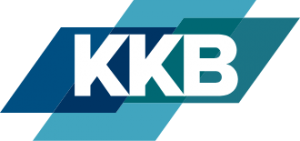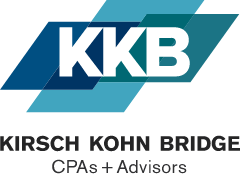Static vs. rolling forecasts
Traditional static (or fixed) forecasts are created at the start of the fiscal year — often based on the company’s historical financial statements — and then used as a guide for the following year. This approach works well for established organizations that experience relatively minor changes year to year. But for most businesses, static forecasts quickly become outdated, because they don’t allow adjustments throughout the year for variances that inevitably take place. The traditional approach is based on inflexible assumptions that must be completely recast if conditions change.
Managers who use static forecasts typically see the forecasting process as a once-a-year exercise. Many fail to compare expected to actual performance until year end. And those who notice when actual results fall short may fail to revise their annual goals — instead hoping to make up for the shortcoming before year end, leading to counterproductive behaviors.
For example, to make up for missed sales goals through the year, salespeople may resort to aggressive discounting at year end, which can erode profits. In other situations, after a particularly successful month, workers may decide to slack off in the subsequent month, because they’re ahead of schedule.
Conversely, rolling forecasts require regular updates based on what’s actually happening in your business and marketplace. This approach makes the forecasting process more adaptable, accurate and meaningful.
How it works
Rather than leaving a budget in place for the year, companies with rolling budgets set times throughout the year to readjust the numbers. For example, you might budget four quarters ahead. At the end of each quarter, you would update the budgets for the next three quarters and add a new fourth quarter.
The rolling approach encourages management to take an agile, forward-looking perspective. It facilitates timely responses to emerging trends, whether on the revenue side, the expense side or both. It also calls for regular budget monitoring and real-time review. These steps can help management catch significant variances and make appropriate adjustments.
On a roll
Uncertainty abounds today. Some businesses have seen a major decline in revenue during the pandemic but are hopeful that conditions will improve. Others have revised their strategies to take advantage of emerging opportunities. Many are struggling to manage supply chain issues, labor shortages and rising costs that could outlast the pandemic. Regardless of which challenges you’re facing, rolling forecasts can be a helpful management tool. Contact us for help implementing a more agile approach to forecasting for 2022.
© 2021




Keep these 3 issues in mind after you file your return
/in Tax/by KKB CPAsFor more helpful tax and accounting articles, or to sign up for our newsletter, please visit our KKB Insights page. If you have any questions, please contact us. Continue Reading Keep these 3 issues in mind after you file your return
Update on retirement account required minimum distributions
/in Tax/by KKB CPAsThe SECURE 2.0 law includes good news about required minimum distributions from tax-favored retirement accounts. But an earlier law contained some bad news for certain beneficiaries of inherited retirement accounts. Here are the rules. Continue Reading Update on retirement account required minimum distributions
The tax deadline is almost here: File for an extension if you’re not ready
/in Tax/by KKB CPAsThe April 15 tax deadline is approaching, but what if you’re not ready to file? There are some simple steps you can take to avoid steep penalties. Continue Reading The tax deadline is almost here: File for an extension if you’re not ready